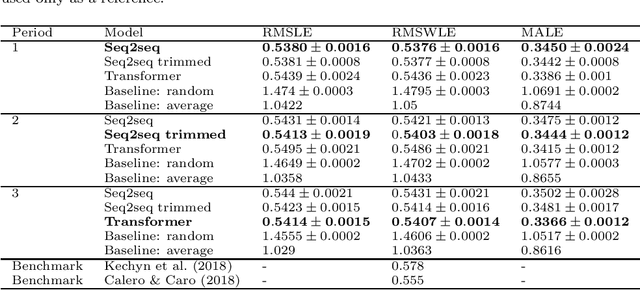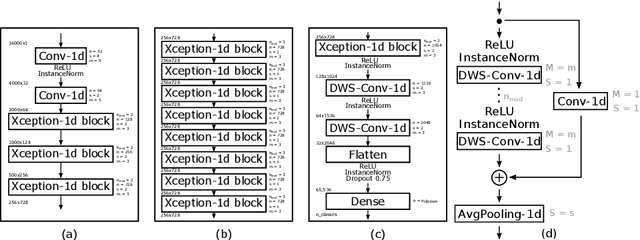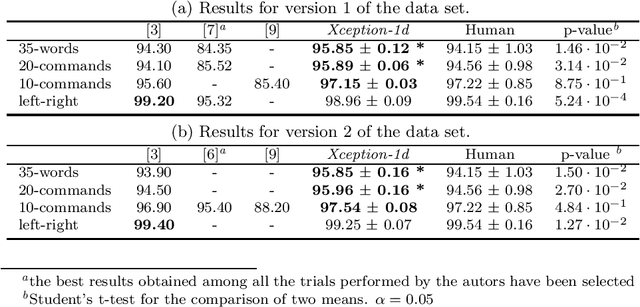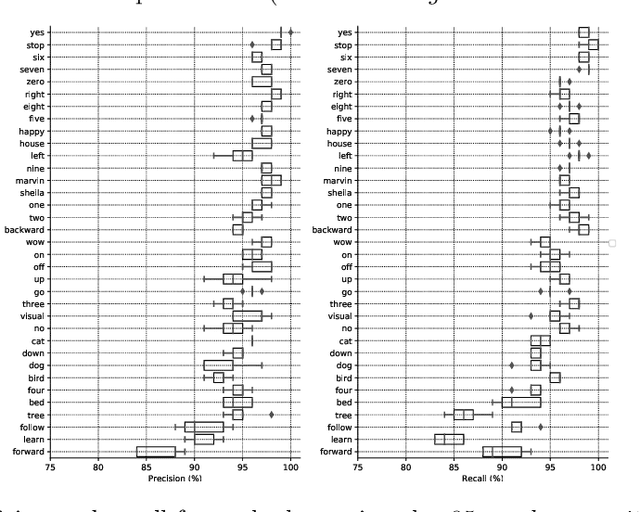Antonio J. Serrano-López
Multimodal video analysis for crowd anomaly detection using open access tourism cameras
May 21, 2024Abstract:In this article, we propose the detection of crowd anomalies through the extraction of information in the form of time series from video format using a multimodal approach. Through pattern recognition algorithms and segmentation, informative measures of the number of people and image occupancy are extracted at regular intervals, which are then analyzed to obtain trends and anomalous behaviors. Specifically, through temporal decomposition and residual analysis, intervals or specific situations of unusual behaviors are identified, which can be used in decision-making and improvement of actions in sectors related to human movement such as tourism or security. The application of this methodology on the webcam of Turisme Comunitat Valenciana in the town of Morella (Comunitat Valenciana, Spain) has provided excellent results. It is shown to correctly detect specific anomalous situations and unusual overall increases during the previous weekend and during the festivities in October 2023. These results have been obtained while preserving the confidentiality of individuals at all times by using measures that maximize anonymity, without trajectory recording or person recognition.
Empirical study of the modulus as activation function in computer vision applications
Jan 15, 2023Abstract:In this work we propose a new non-monotonic activation function: the modulus. The majority of the reported research on nonlinearities is focused on monotonic functions. We empirically demonstrate how by using the modulus activation function on computer vision tasks the models generalize better than with other nonlinearities - up to a 15% accuracy increase in CIFAR100 and 4% in CIFAR10, relative to the best of the benchmark activations tested. With the proposed activation function the vanishing gradient and dying neurons problems disappear, because the derivative of the activation function is always 1 or -1. The simplicity of the proposed function and its derivative make this solution specially suitable for TinyML and hardware applications.
Approaching sales forecasting using recurrent neural networks and transformers
Apr 16, 2022



Abstract:Accurate and fast demand forecast is one of the hot topics in supply chain for enabling the precise execution of the corresponding downstream processes (inbound and outbound planning, inventory placement, network planning, etc). We develop three alternatives to tackle the problem of forecasting the customer sales at day/store/item level using deep learning techniques and the Corporaci\'on Favorita data set, published as part of a Kaggle competition. Our empirical results show how good performance can be achieved by using a simple sequence to sequence architecture with minimal data preprocessing effort. Additionally, we describe a training trick for making the model more time independent and hence improving generalization over time. The proposed solution achieves a RMSLE of around 0.54, which is competitive with other more specific solutions to the problem proposed in the Kaggle competition.
End-to-end Keyword Spotting using Xception-1d
Oct 09, 2021


Abstract:The field of conversational agents is growing fast and there is an increasing need for algorithms that enhance natural interaction. In this work we show how we achieved state of the art results in the Keyword Spotting field by adapting and tweaking the Xception algorithm, which achieved outstanding results in several computer vision tasks. We obtained about 96\% accuracy when classifying audio clips belonging to 35 different categories, beating human annotation at the most complex tasks proposed.
 Add to Chrome
Add to Chrome Add to Firefox
Add to Firefox Add to Edge
Add to Edge